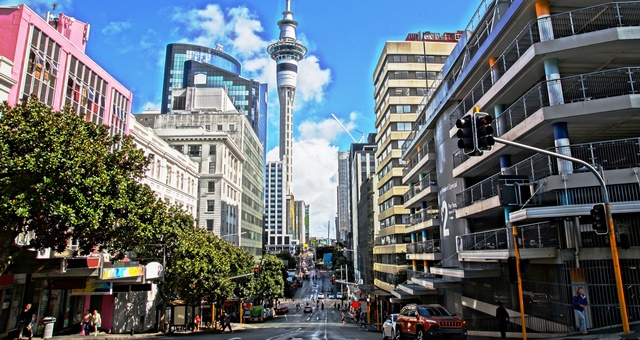New Zealand’s hospitality and tourism sector is on a strong course, JLL New Zealand’s Director of Hotels and Hospitality, Nick Thompson, reports.
New Zealand’s recovery from the impacts of Covid-19 is well progressed, and the hospitality sector has been at the forefront of the country’s resurgence. Our hotels sector is bouncing back, with solid peak seasons that are often surpassing pre-Covid levels. Notably JLL completed the largest hotel transaction in New Zealand’s history, the JW Marriott Auckland, in the midst of that recovery period. However, the emergence of certain market trends is reshaping the industry.
One notable change in New Zealand’s post-Covid landscape is the re-evolution of seasonality. Traditionally, peak seasons were concentrated around the summer months, but we are now witnessing a prevalent winter market. Locations like the ever-popular Queenstown are experiencing a rejuvenated shoulder season around its peaks in summer and winter. By contrast, our big cities are seeing softer winters.
While the return of tourism is promising, there are challenges the industry must confront. Construction costs continue to rise, making it increasingly difficult to secure new builds in the short-term. This poses a hurdle for meeting growing demand for accommodation and amenities. However, this obstacle also presents opportunities for adaptive reuse and refurbishment projects that make better use of embodied carbon in existing builds.
The anticipated increase in demand for tourism, especially with the resurgence of Chinese visitors, bodes well for the industry. While we do not foresee a quick return to large tour groups like in the pre-Covid era, we expect a rise in flexible independent travel (FIT) which provides an opportunity for smaller, personalised experiences within New Zealand’s rich tourist landscape.
With an eye to accommodation, the opening of Te Pae in Christchurch in May 2022 has had a notable impact on the city’s hotel sector by attracting major events and contributing to the revival of the local economy. The recent opening of Tākina in Wellington is expected to bring about a similar transformation, creating new opportunities for businesses in the region, and drawing events to the newest jewel in the capital’s crown.
Looking ahead, once the Auckland International Convention Centre is open and operating at full capacity, it remains to be seen how the market will react: dissipating or concentrating tourism and hospitality businesses across Auckland, Wellington, and Christchurch. This will have implications for the overall hospitality landscape in the North and South Islands.
As New Zealand’s tourism and hospitality sector continues its recovery, it is crucial for industry stakeholders to adapt to changing market conditions. By investing in infrastructure, focusing on emerging markets, and leveraging our unique attractions, we can ensure a vibrant and sustainable future for the sector. With the right strategies, New Zealand’s hospitality industry is poised for success in the coming years and will benefit greatly from perennial overseas interest in experiencing all the country has to offer.


